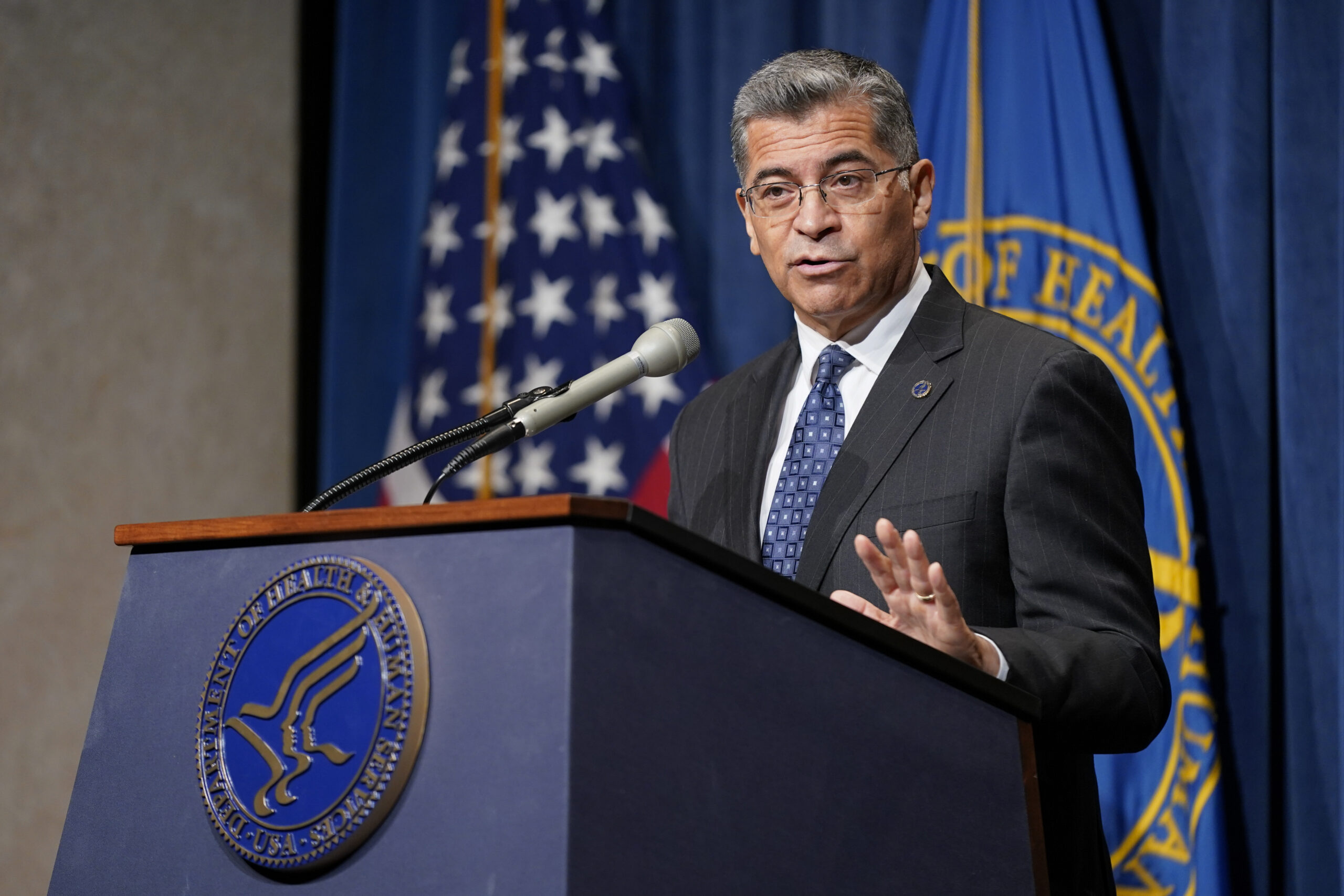
HHS Secretary Xavier Becerra (Patrick Semansky/AP Images)
Five Pfizer drugs among first 27 now subject to Medicare inflation rebates, HHS says
The Department of Health and Human Services (HHS) on Wednesday unveiled the first set of 27 Part B prescription drugs, including five from Pfizer, that …
Sign up to read this article for free.
Get free access to a limited number of articles, plus choose newsletters to get straight to your inbox.